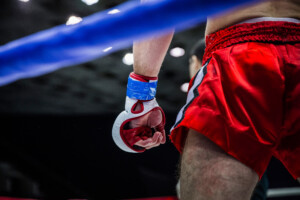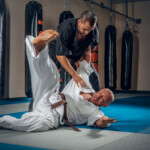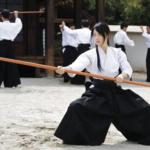Martial arts have been practiced for centuries, providing individuals with self-defense techniques, physical conditioning, and mental fortitude. In the context of street fighting, the ability to protect oneself and incapacitate an opponent is of vital importance. With numerous martial arts styles in existence, identifying the best martial arts for street fighting is essential for those seeking practical self-defense skills.
Several factors come into play when determining the effectiveness of a martial art in a street fight scenario. These factors may include the martial art’s focus on practical techniques, adaptability to real-life situations, and the ability to handle opponents of different sizes and skill levels. By assessing these aspects, we can narrow down the list of martial arts to those that offer the highest degree of utility in street fighting situations.
Among the plethora of martial arts available, a few have consistently proven their effectiveness in street fighting. For instance, styles like Krav Maga, Brazilian Jiu-Jitsu, and Muay Thai have emerged as effective disciplines due to their focus on real-world applicability, offensive and defensive tactics, and adaptability to various situations. We will discuss these martial arts and others as we delve into the world of street fighting techniques.
Striking and Self-Defense

Boxing for Street Fighting
Boxing is a highly effective martial art for street fighting due to its focus on powerful, precise punches and emphasis on footwork. Known for its strong striking techniques, boxing trains fighters to use their fists efficiently, making it an ideal choice for self-defense situations. The combination of speed, power, and technique found in Western boxing can provide a significant advantage in a street fight, allowing practitioners to quickly and effectively neutralize threats.
Muay Thai for Street Fighting
Muay Thai, also known as the art of eight limbs, is another outstanding martial art for street fighting. This discipline specializes in utilizing punches, kicks, elbows, and knees for striking, allowing for versatility in self-defense situations. The power and effectiveness of Muay Thai strikes make it a strong choice for individuals seeking to increase their self-defense capabilities. Additionally, the clinch technique commonly applied in Muay Thai can help control an opponent at close range.
Kickboxing for Street Fighting
Kickboxing combines elements of boxing and traditional martial arts like karate, focusing on powerful kicks and punches. In a street fight, effective striking techniques like those found in kickboxing can be vital to self-defense. Skilled kickboxers can utilize their strong strikes and well-rounded movements to quickly address potential threats. The blend of kicking and punching techniques in kickboxing offers a comprehensive approach to self-defense in high-pressure situations.
Taekwondo for Street Fighting
Taekwondo is well-known for its emphasis on high, fast, and spinning kicks, making it a unique martial art in the realm of striking and self-defense. While its focus on advanced and visually impressive kicks may not be as practical in a street fight as boxing or Muay Thai, Taekwondo still provides its practitioners with useful striking techniques and increased flexibility. Studying Taekwondo can bolster self-defense skills, especially when combined with other striking martial arts like boxing or muay thai.
Karate for Street Fighting
Karate is a traditional martial art that focuses on both striking and self-discipline. Adept karate practitioners possess strong punches, kicks, and knee strikes, making this martial art useful in a self-defense scenario. Karate’s emphasis on effective striking techniques can be beneficial in a street fight, allowing fighters to utilize a blend of speed, power, and technique to protect themselves.
Grappling and Takedowns
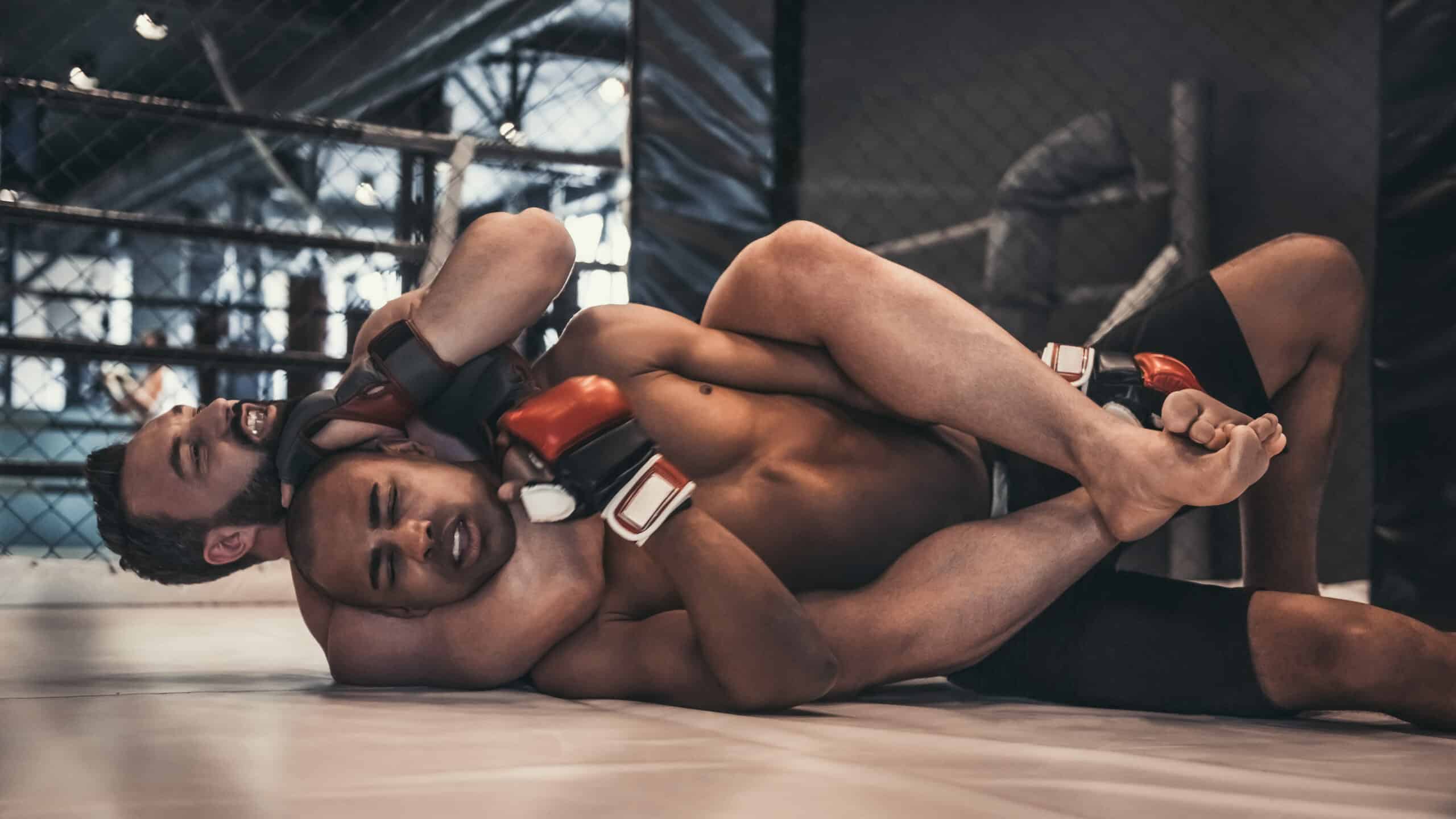
Judo for Street Fighting
Judo, originating in Japan in the late nineteenth century, is a martial art that emphasizes grappling and takedown techniques. It is widely regarded as an effective discipline for street fights due to its focus on using an opponent’s strength against them. Judo practitioners, or judokas, rely on various throws, joint locks, and ground fighting skills to control their opponents. These techniques can be highly advantageous in a street fight, as they allow a skilled judoka to quickly neutralize an attacker, especially if the environment or terrain is unpredictable.
Wrestling for Street Fighting
Wrestling is a sport with ancient origins that has evolved into a diverse range of grappling styles. Freestyle wrestling, in particular, is considered effective for street fights due to its focus on takedowns and ground control. In addition to powerful throws and slams, wrestlers train to maintain a dominant position on the ground, which can be crucial in controlling an opponent during a street fight. Furthermore, the conditioning and physical strength developed through wrestling training can provide a significant advantage in an altercation that involves grappling and takedowns.
Brazilian Jiu-Jitsu for Street Fighting
Brazilian Jiu-Jitsu (BJJ) is a martial art that focuses primarily on ground fighting and submission techniques, making it an excellent choice for street fights. BJJ practitioners learn to subdue opponents using joint locks, chokes, and sweeps, often employing leverage and technique rather than brute strength. This approach can be highly successful in street fights, where the ability to control and submit an attacker quickly can be crucial. Through regular training and competition, BJJ practitioners develop a deep understanding of grappling principles, body mechanics, and ground fighting tactics that can significantly enhance their ability to handle real-life confrontations.
Sambo for Street Fighting
Sambo is a Russian martial art developed in the early twentieth century to improve the Russian military’s hand-to-hand combat skills. It combines elements of judo, wrestling, and other grappling styles, resulting in a highly effective combat system. Combat Sambo, a specific sub-style of Sambo, is particularly well-suited for street fights, as it integrates striking techniques alongside traditional grappling and takedown methods. This versatility makes it a challenging discipline to defend against and allows practitioners to fluidly adapt to the chaotic nature of a street fight. Moreover, the focus on practical self-defense and situational awareness in combat Sambo training can prove invaluable in potentially dangerous situations.
Mixed Martial Arts and Street Effectiveness
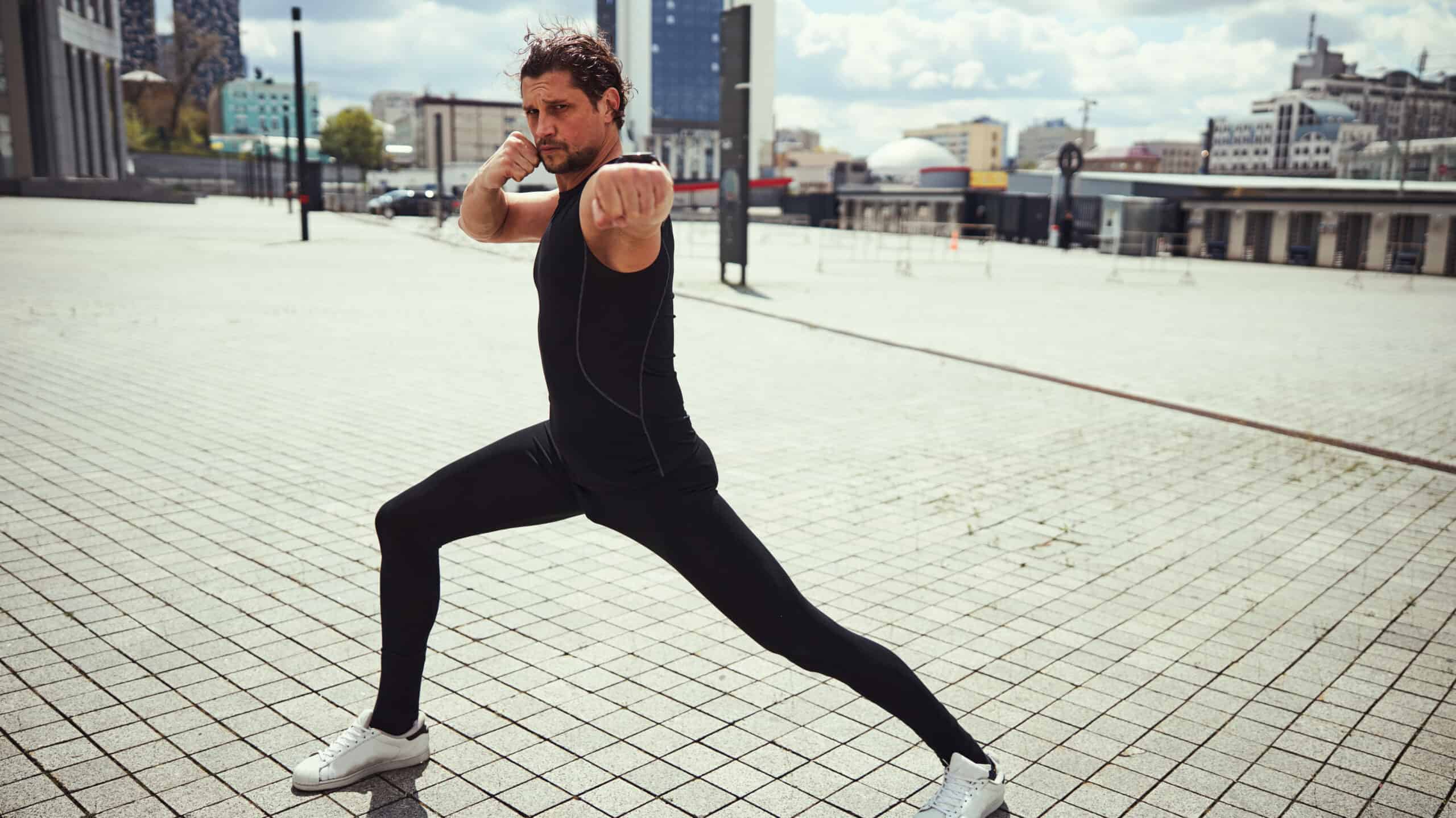
MMA for Street Fighting
Mixed Martial Arts (MMA) has gained popularity as a versatile and effective martial art for street fighting. MMA combines various techniques from different martial arts, such as striking, grappling, and submissions. This enables practitioners to handle various situations encountered in street fights effectively.
One of the key advantages of MMA is its focus on different ranges of combat. MMA fighters are trained to switch between striking and grappling techniques seamlessly, which can be useful in street fighting scenarios where the distance between the opponents may vary. Furthermore, MMA fighters are skilled in both stand-up and ground combat, ensuring they can adapt to changing circumstances.
In addition to its diverse range of techniques, MMA training often focuses on physical conditioning and mental toughness. This prepares practitioners to handle the stress and unpredictability of street fights. While the rules in professional MMA fights may not align with real-life street fighting situations, the skills and techniques acquired through MMA training can be effectively adapted for self-defense.
Krav Maga for Street Fighting
Krav Maga, an Israeli martial art developed for the Israeli Defense Forces, is known for its practicality and effectiveness in street fighting. Originated as a system for self-defense and hand-to-hand combat, Krav Maga incorporates techniques from various martial arts, such as boxing, wrestling, and judo.
The key aspect of Krav Maga that makes it effective for street fighting is its focus on real-world situations. Practitioners are trained to neutralize threats quickly and efficiently, often using their opponents’ momentum against them. Krav Maga also prepares its practitioners to handle weapons and multiple attackers, common situations in street fights.
Unlike some martial arts that emphasize form and aesthetics, Krav Maga’s training is centered around aggressiveness and practicality. Techniques are designed to inflict maximum damage, focusing on vulnerable areas like the eyes, throat, and groin. This martial art prioritizes self-defense and survival over sportsmanship, making it a suitable choice for those seeking an effective martial art for street fighting.
Keys to Success in Street Fighting

Physical Fitness
In order to be successful in street fights, one must prioritize their physical fitness. Developing agility and endurance are integral components of effective martial arts training. Engaging in regular exercise ensures higher energy levels, improved balance, and increased flexibility, all of which contribute positively to one’s overall physical health and street fighting performance.
Martial arts like Lethwei and Muay Thai are known to incorporate intense training routines that help to develop a strong and well-rounded physical foundation. Training in the best martial arts for self-defense helps individuals prepare for various fighting scenarios, improving their head movement, and refining their fighting skills.
Mental Preparedness
Equally important to physical prowess is mental preparedness. Cultivating a strong and focused mindset is essential for success in street fights. Developing confidence in one’s martial arts training impacts not only physical performance but also contributes to psychological resilience.
Discipline is a critical aspect of mental preparedness; it helps to regulate emotions and maintain focus despite the chaos and unpredictability that often accompany street fights. Learning and practicing humility keeps individuals grounded in reality and ensures they do not underestimate their opponents.
Overall, the key to success in street fights lies in maintaining both physical fitness and mental preparedness, achieved through rigorous martial arts training, discipline, and self-awareness.
Debunking Common Myths about Street Fighting
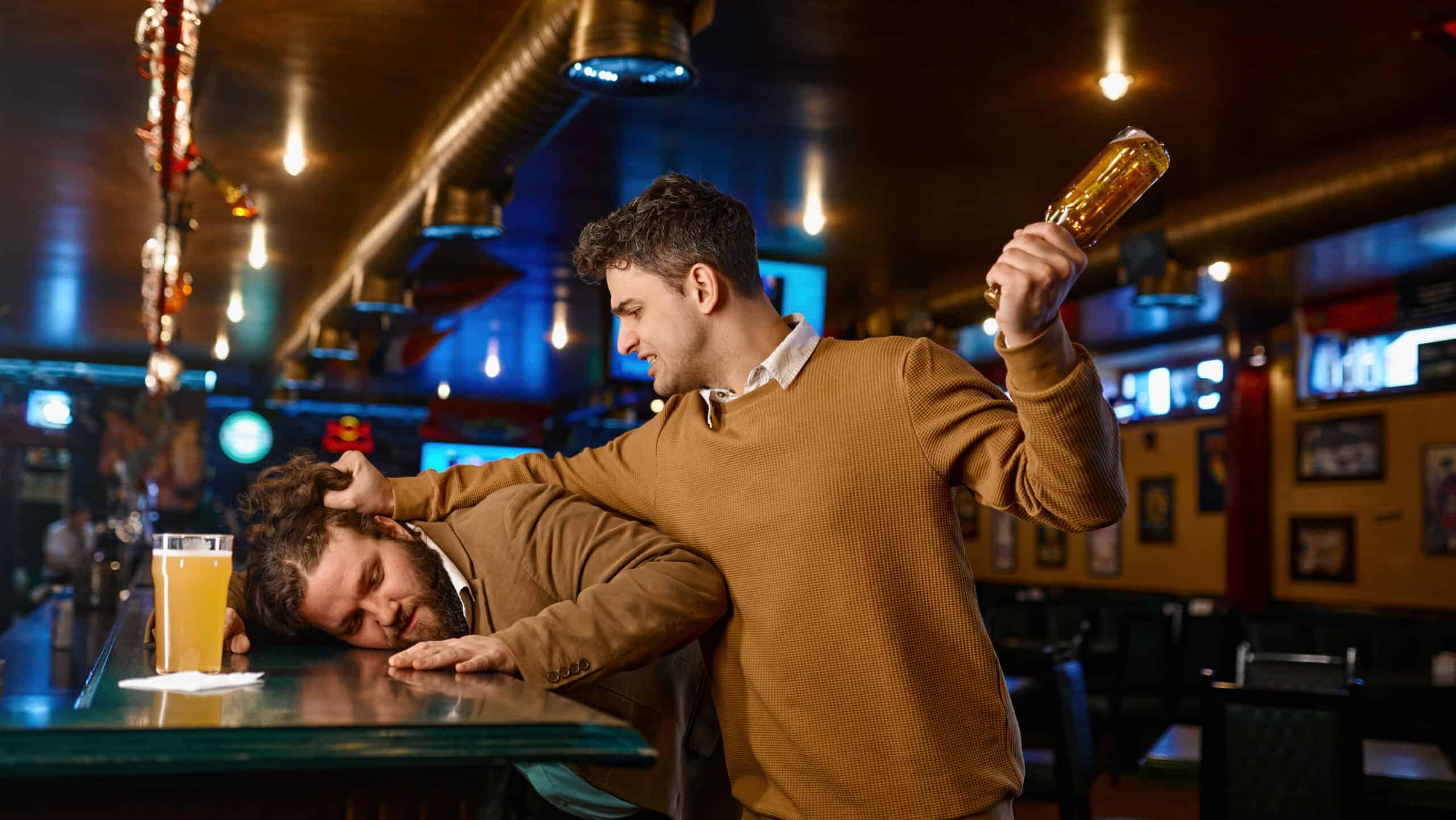
Real-Life vs. Sports Competitions
In street fighting, it is essential to understand the difference between real-life situations and sports competitions. In martial arts tournaments, there are specific rules and regulations that restrict certain techniques and attacks. Street fights, on the other hand, are not bound by such rules. In these unpredictable situations, combatants may face multiple attackers, or use leverage and close-quarters combat to gain an advantage. Instances of illegal techniques, like chokes or knee strikes, may be more common in street fights than in regulated competitions.
The Myth of the Perfect Style
There is no perfect martial art style that can address all types of street fights. Each style has its strengths and weaknesses, and no single style can guarantee victory in every situation. For instance, some martial arts focus on striking techniques, while others emphasize grappling and submission. Fighters need to adapt and improvise based on the given circumstances. It is common for UFC fighters to train in multiple martial arts to develop a well-rounded skill set, which is more effective in real-life situations.
Overcoming Countless Styles
While pure styles of martial arts, like traditional karate or kung fu, have their merits, many fighters have found success in blending various techniques to counter different styles. This fusion of styles is especially noticeable in countries like Kazakhstan, where numerous martial art disciplines coexist and influence one another. Fighters who can fluidly transition between striking, grappling, and submission techniques are more versatile and better equipped to handle unexpected situations during street fights.
By understanding the difference between sports competitions and real-life situations, challenging the idea of a perfect style, and embracing the fusion of multiple martial arts styles, fighters can increase their ability to adapt and succeed in street fights.
Selecting the Right Martial Art to Be Effective in Streetfighting
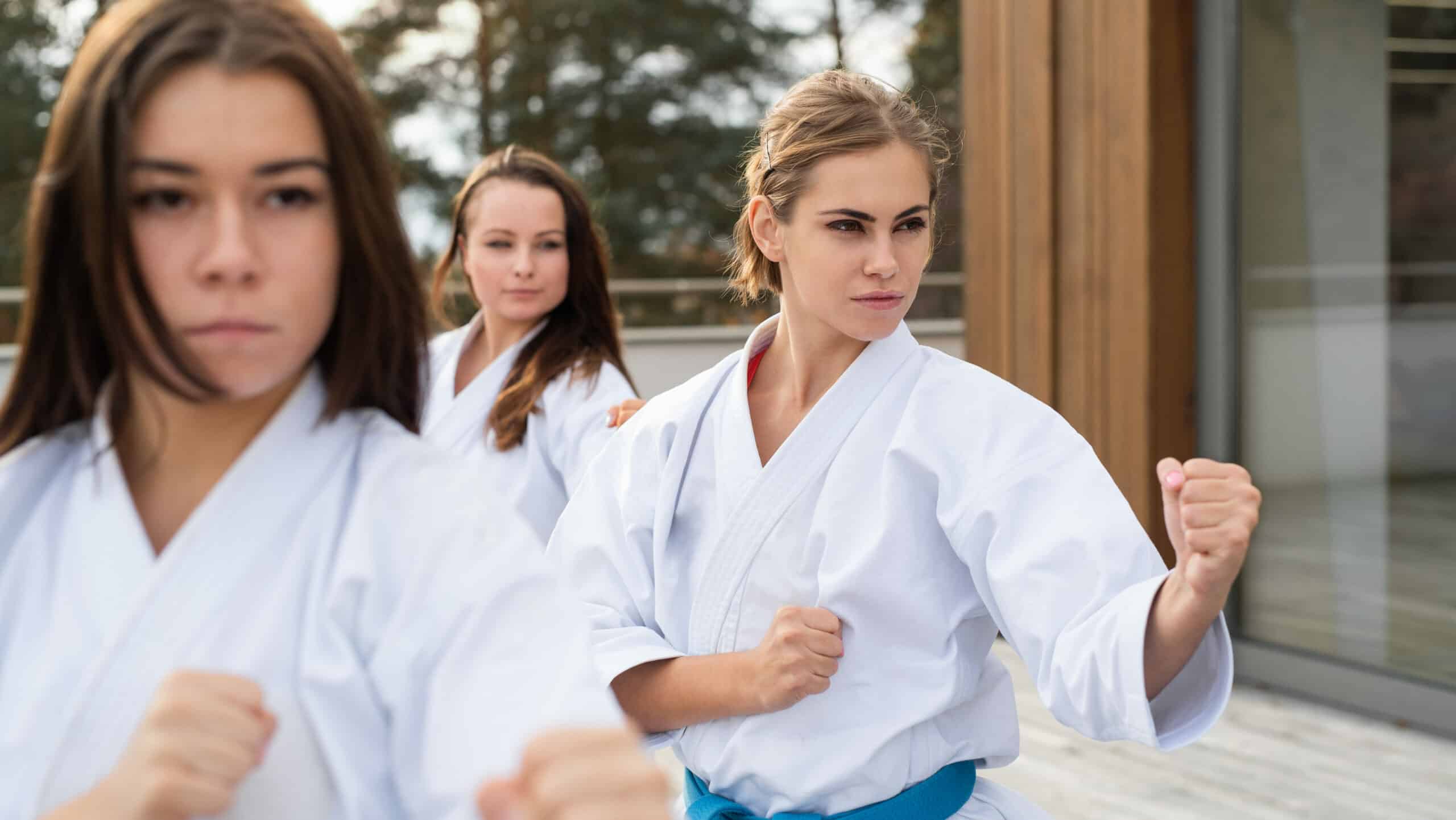
Personal Preferences
When it comes to choosing the right martial art for street fighting, personal preference plays a crucial role. Various fighting styles focus on different aspects, such as striking, grappling, or self-defense. Moreover, it’s essential to consider the personality and interests of the individual. Some people may prefer the powerful punches and kicks of Muay Thai, while others might feel more comfortable with the grappling techniques of Brazilian Jiu-Jitsu. Ultimately, it’s essential to choose a martial art that aligns with one’s personal preferences to ensure long-term motivation and commitment to training.
Physical Capabilities
Each martial art emphasizes different physical capabilities. For instance, some focus more on strength, like wrestling, while others might prioritize flexibility, such as Brazilian Jiu-Jitsu. Therefore, it is crucial to assess one’s physical capabilities and select a martial art that complements them. Nonetheless, with consistent practice, individuals can develop the necessary skills and physical attributes to excel in their chosen martial art.
Practicality and Effectiveness
Practicality and effectiveness are vital factors when selecting a martial art for street fighting. Martial arts like Krav Maga, Boxing, and Muay Thai emphasize techniques that are suitable for real-world situations. These fighting styles usually involve sparring which allows practitioners to hone their skills in a controlled environment.
Lastly, considering the instructor’s reputation and the quality of the training facility is essential. Be cautious of “mcdojos” – gyms that focus more on profit than the genuine development of their students. A good instructor should possess extensive experience, practical knowledge, and the ability to personalize their teaching approach based on individual needs.
Conclusion
The effectiveness of a martial art in a street fight largely depends on the situation and the individual’s skill level. However, certain martial arts have proven to be more practical and useful in real-life scenarios. Among them, Muay Thai stands out as one of the most effective striking arts, focusing on clinches, kicks, and other unique techniques.
In addition to Muay Thai, other martial arts worth considering for street fighting include Gracie Jiu-Jitsu, Jeet Kune Do, and Judo. Adding Boxing to your skillset can also be beneficial since many street fights begin from a standing position.
For those interested in a comprehensive approach to self-defense, exploring martial arts like Krav Maga and MMA is a wise choice. These disciplines have shown high effectiveness in various situations compared to other martial arts.
In summary, selecting the most effective martial art for street fighting depends on personal preferences, the time and effort one is willing to invest in training, and the specific techniques needed for self-defense. Understanding the strengths and weaknesses of each style can help individuals make informed decisions on which martial art is best suited for their needs and goals.
Frequently Asked Questions
Which combat sports are suitable for street fight situations?
Muay Thai, Brazilian jiu-jitsu, Combat Sambo, and Krav Maga are all suitable for street fight situations. They emphasize practical self-defense techniques, strikes, and grappling moves that can help a practitioner defend themselves effectively in various situations.
How effective is Krav Maga in real-life altercations?
Krav Maga is highly effective in real-life altercations because it combines striking techniques from various martial arts and teaches practitioners how to deal with weapons and use dirty techniques when necessary. It focuses on practicality and emphasizes fast, efficient responses to threats, making it suitable for street fights.
What makes Brazilian jiu-jitsu practical for street fights?
Brazilian jiu-jitsu’s practicality for street fights lies in its focus on leverage, ground fighting, and grappling techniques. This martial art allows a smaller and weaker practitioner to overcome a larger and stronger opponent by using technique and strategy rather than brute strength. Additionally, many real-life altercations end up on the ground, and Brazilian jiu-jitsu’s emphasis on ground fighting makes it highly applicable in these situations.
Are traditional martial arts like Taekwondo and Judo useful in street fights?
Traditional martial arts like Taekwondo and Judo can be useful in street fights, but their effectiveness depends on the fighter’s skill and ability to adapt to the situation. Taekwondo provides a strong background in striking and kicking techniques, while Judo focuses on throws and grappling. However, without practical combat experience, some traditional martial arts techniques may be less effective in street fights compared to more realistic and versatile martial arts like Muay Thai or Brazilian jiu-jitsu.

